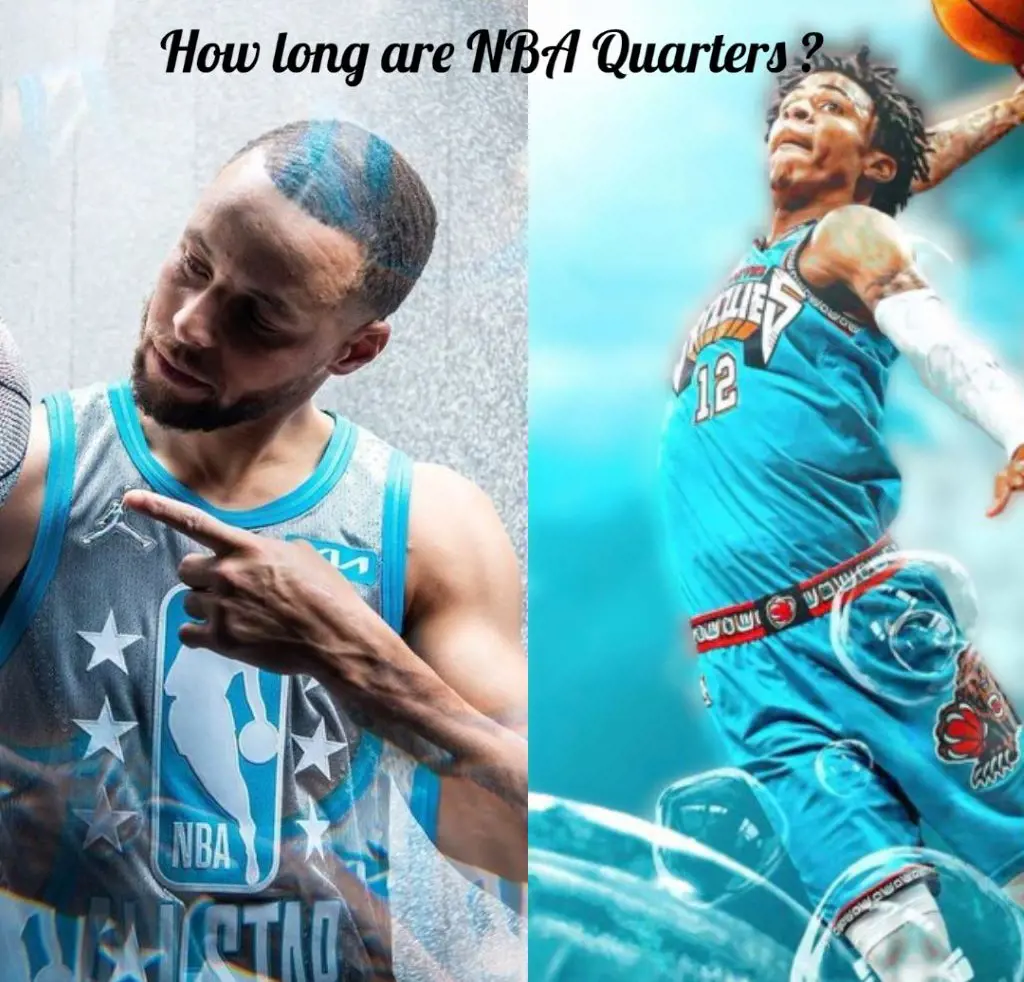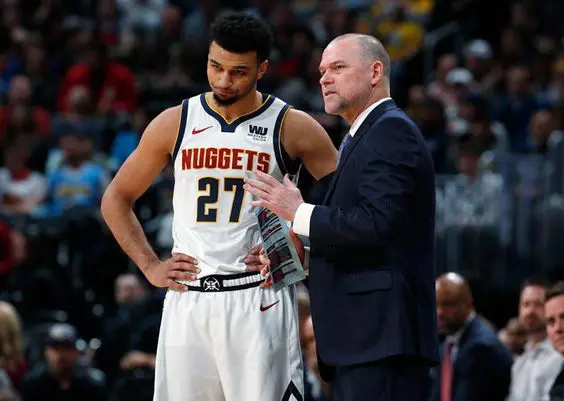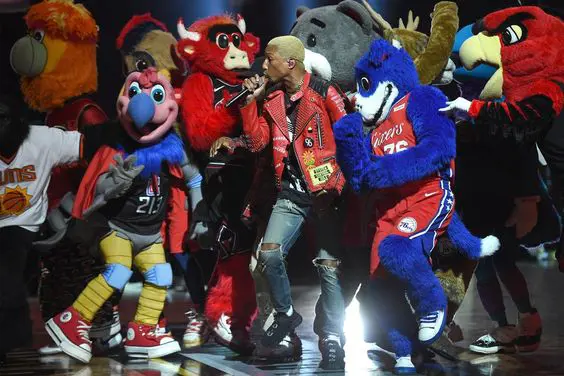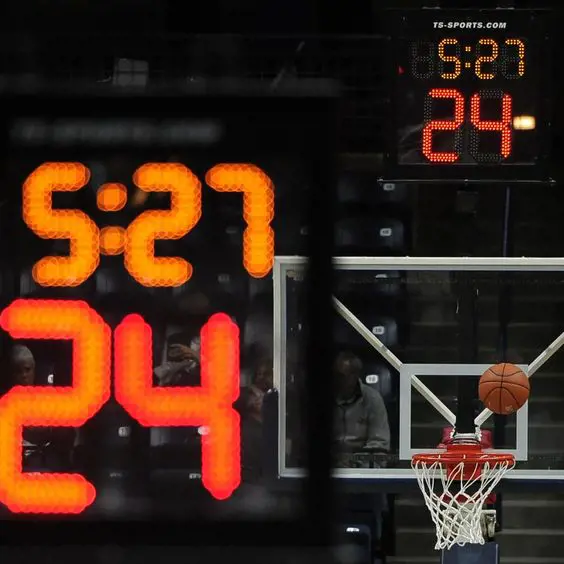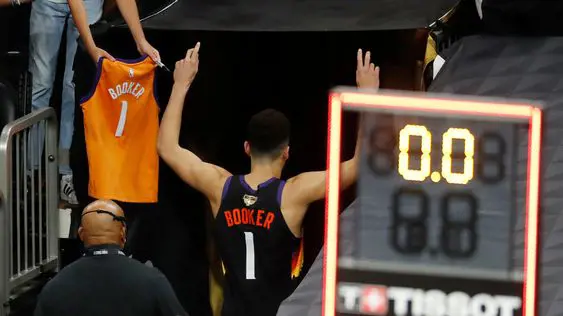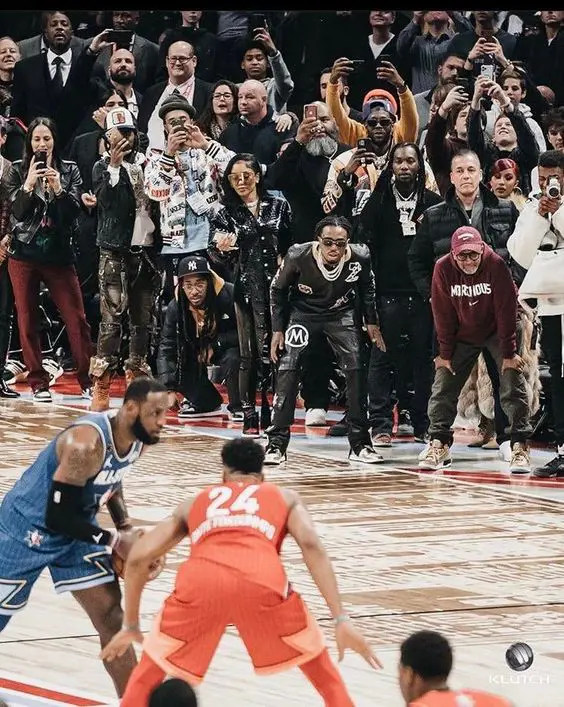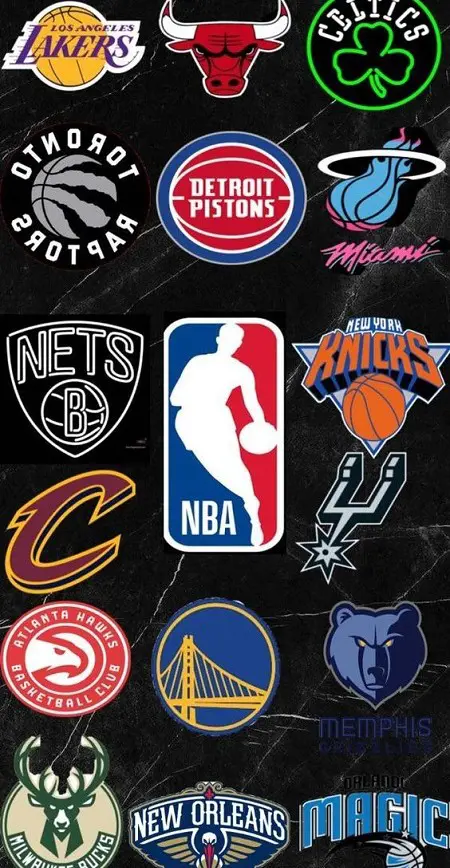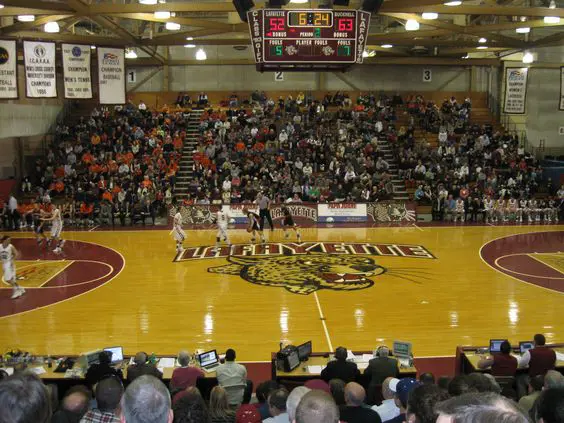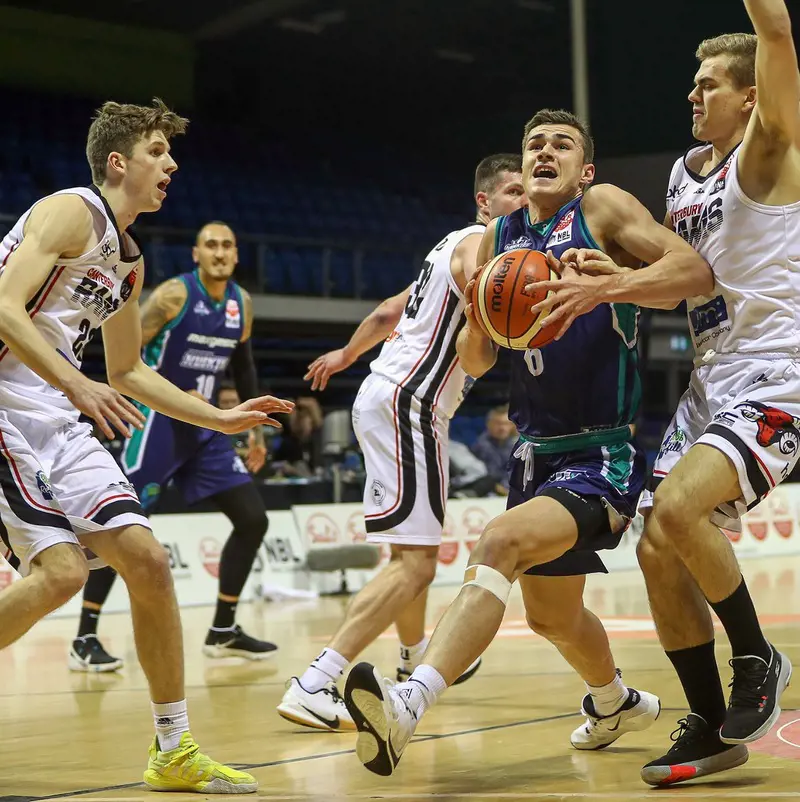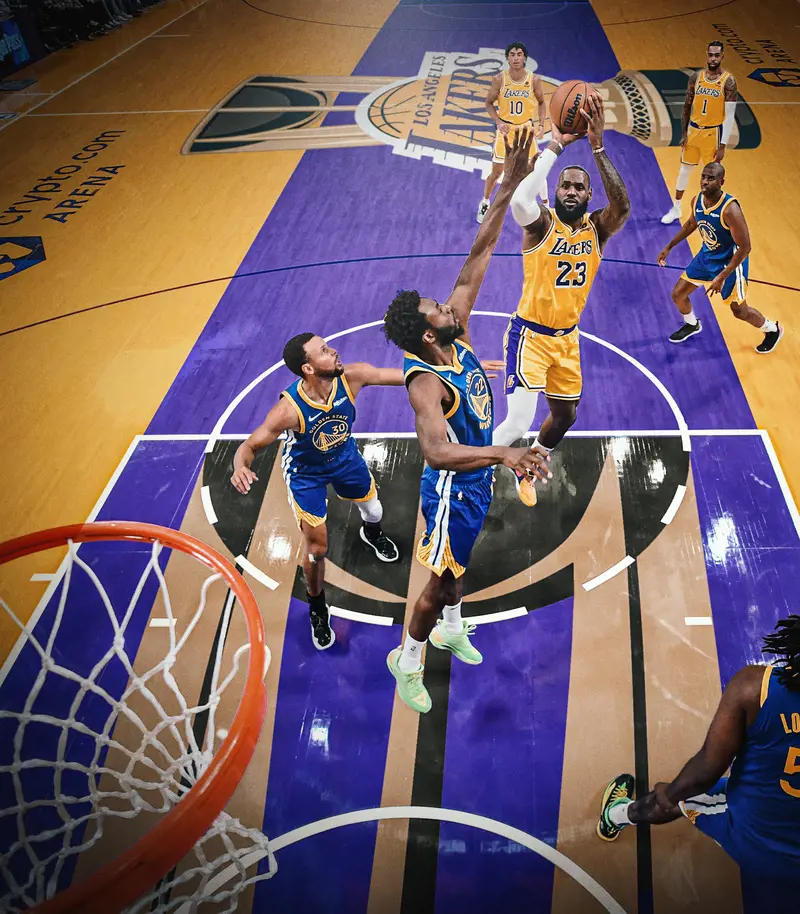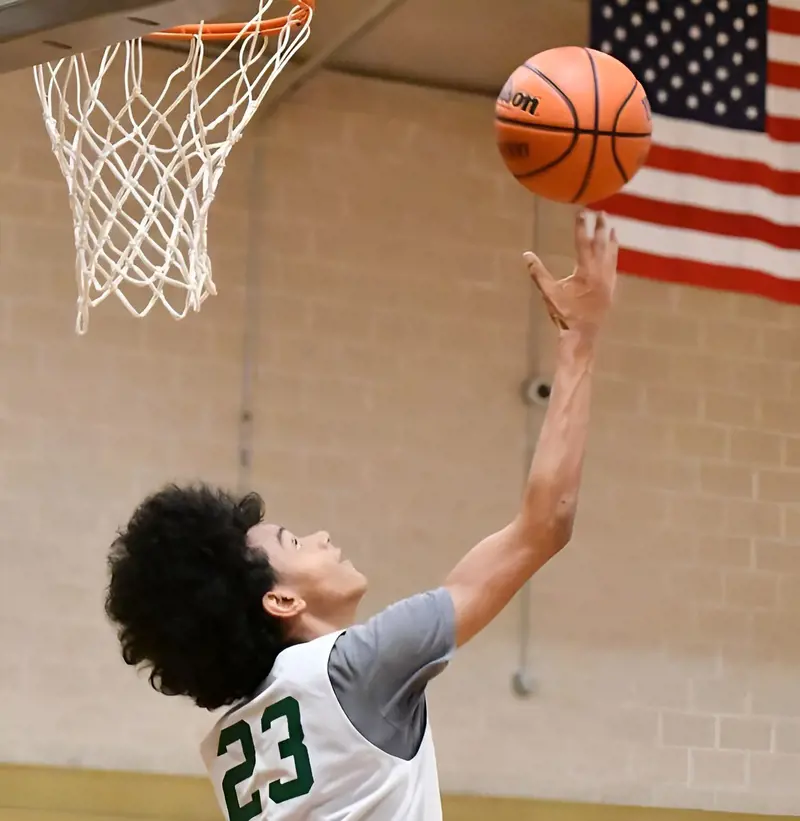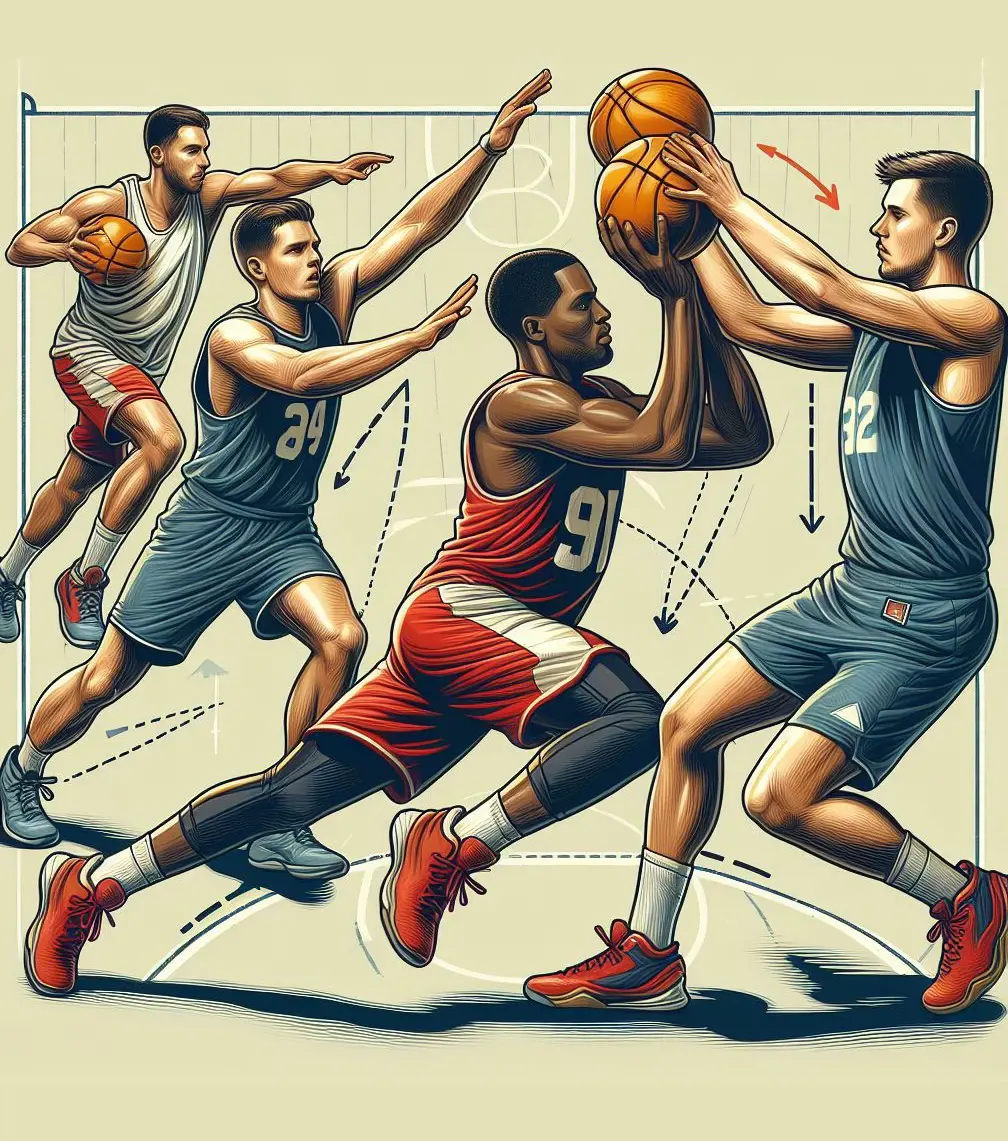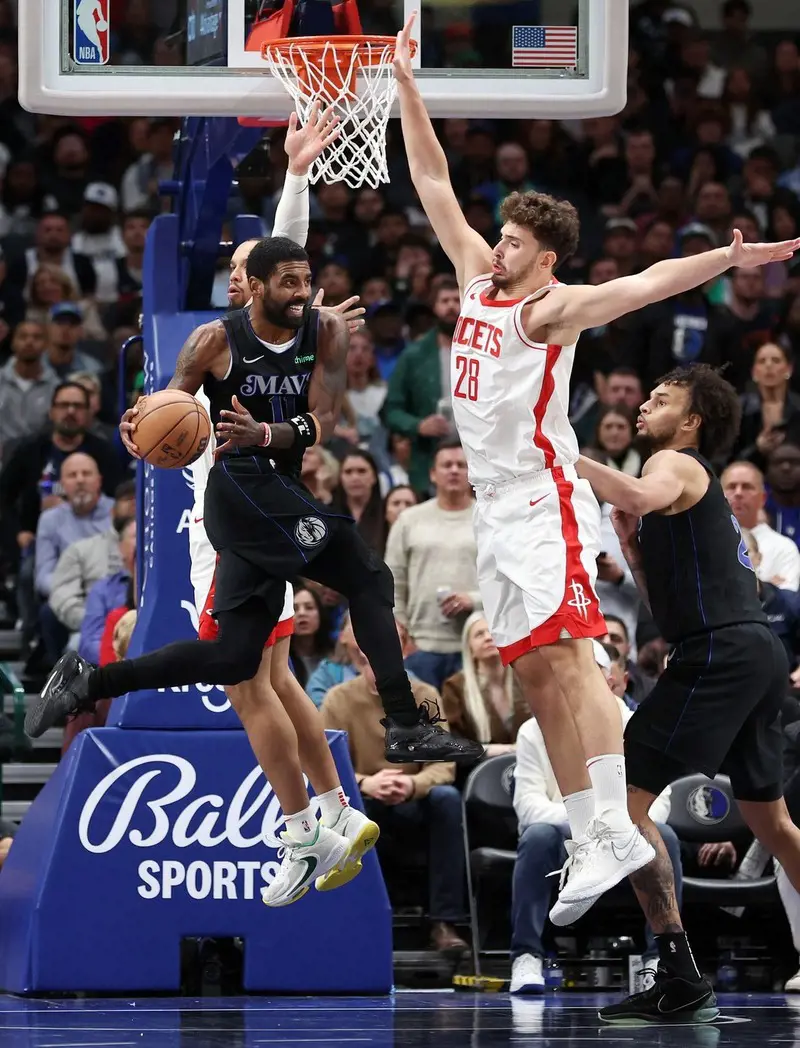Duration and number of Quarters
How long are NBA quarters is a question most basketball fans are wanting to know. The NBA has four quarter that lasts 12 minutes leading to a 48-minute game.
The NBA has a different set of rules when operating the clock compared to other leagues. The NBA has four quarters of 12 minutes each despite International and NCAA basketball having a different sets of rules.
According to the league, this change was made as NBA considers 12 minutes to be an ideal quarter length to promote a high level of gameplay from the athletes alongside providing the fans with between two and two and a half hours of viewing time.
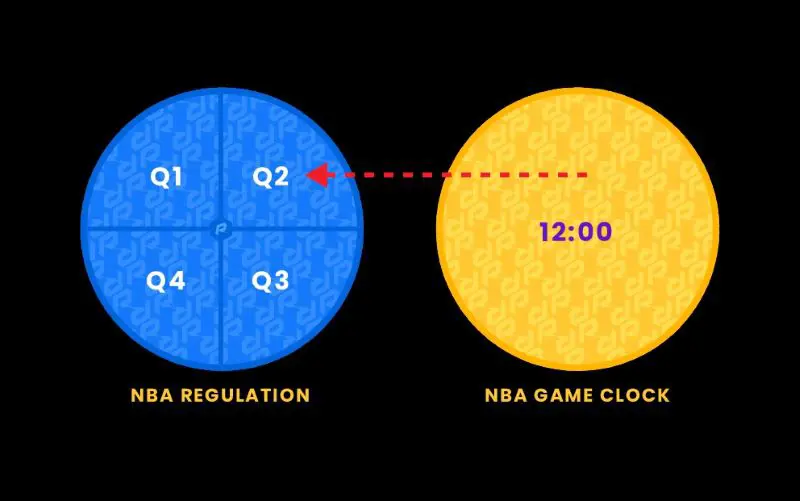
The game continues with each quarter's score being recorded until all four have been played. Since each quarter frequently defines the tone for the rest of the game, its significance cannot be underestimated.
The first quarter of the game is the period when both teams test one another and make adjustments to their game plans. During the second and third quarters, one side typically starts to establish its dominance and seize control of the game as it is referred to as the "turning moment" of the game.
The fourth quarter is the game's conclusion. During this period the winning side tries to preserve its lead whereas the losing side goes on the offensive in an attempt to win.
The clock in an NBA game only stops when the ball is out of bounds, after a foul, during a timeout, or in the last 2 minutes of the game when a team is being penalized. This can result in a quarter lasting longer than the 12-minute mark.


